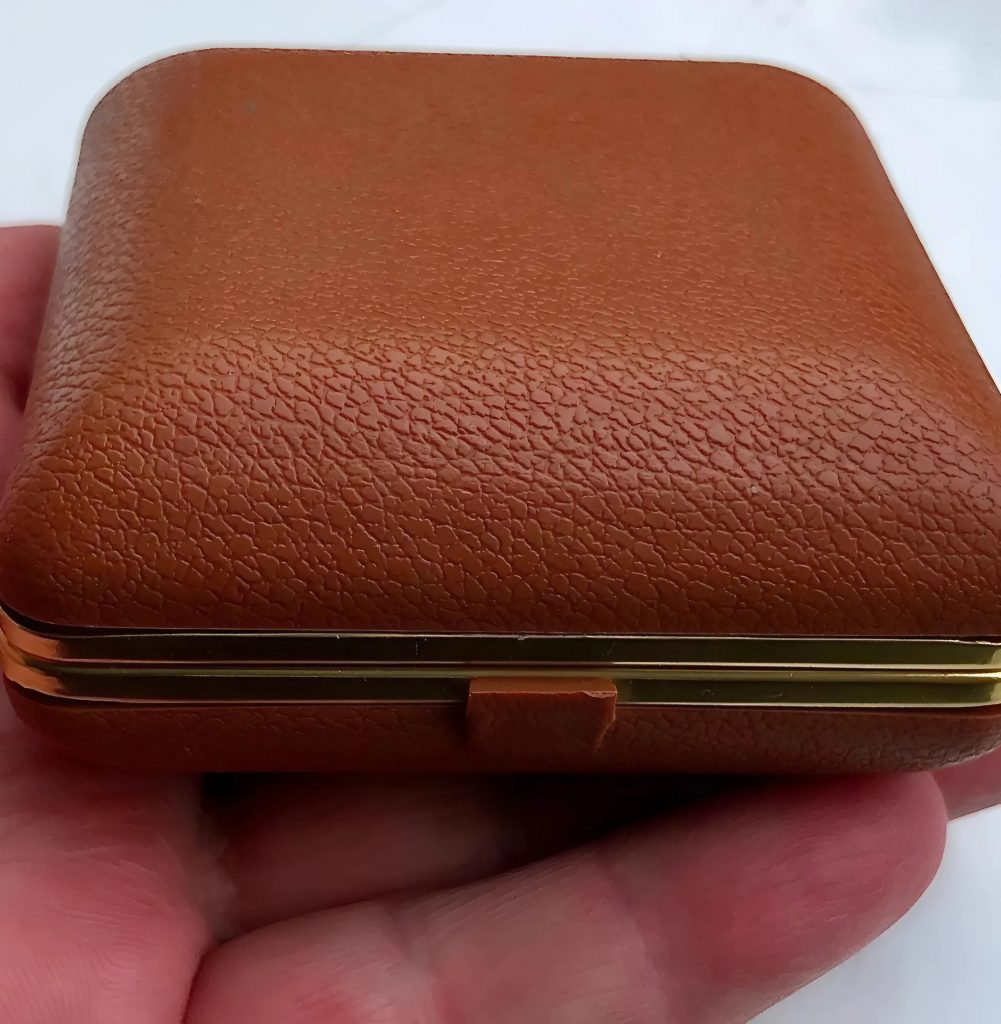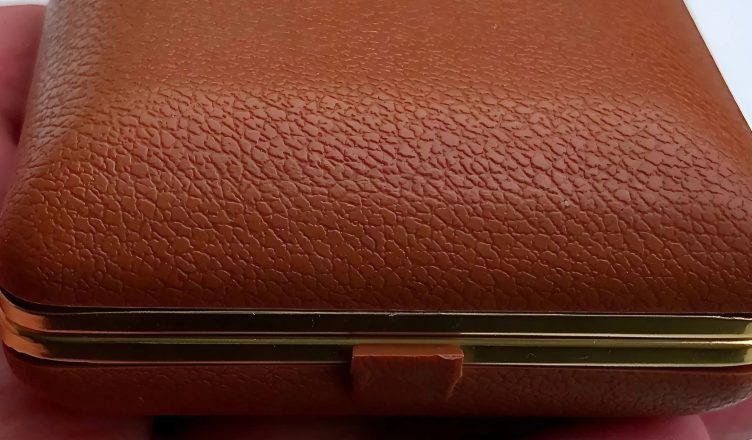It was hidden in an old wooden box, tucked away at the back of a dusty shelf in my grandfather’s attic. The box smelled of age — dry wood, paper, time. Inside were faded photographs, broken eyeglasses, postcards with foreign stamps, and at the very bottom, something round, cold, and surprisingly heavy.
I picked it up. It fit perfectly in the palm of my hand. Brass, smooth, with a dull shine that only decades of quiet waiting can polish. There was a tiny latch on the side. I pressed it gently. With a satisfying click, the lid opened — like a whisper from the past.
Inside was a watch. Not a digital display, no glowing screen. A classic dial with Roman numerals, delicate hands frozen in time. A pocket watch.
When Time Was Personal
You don’t just look at a pocket watch. You engage with it.
Once upon a time, this object was more than a timekeeper — it was a companion. People didn’t check the time casually. They pulled the watch out of their vest pocket with purpose, clicked it open with care, and paused. There was ritual in the action. Respect for the time being measured.
It wasn’t just about knowing what hour it was. It was about acknowledging that time mattered. That it deserved attention. That each minute was a thing of value.
Who Carried These?
These watches weren’t worn. They were carried. In the chest pockets of coats, attached to chains of silver or gold, engraved with names, dates, or messages like “To my son, with love, 1928.”
They belonged to lawyers, soldiers, railway workers, writers, adventurers. They crossed borders, endured wars, recorded births, waited in hospital lobbies, and sat in the hands of people waiting for a train, a letter, a word.

They were heirlooms. Given on 21st birthdays, returned from fallen fathers, found decades later in trunks no one had opened since the war.
They didn’t just tell the time. They told stories.
Why Did We Leave Them Behind?
Progress, we say. Convenience. Technology.
Now, we have phones in our pockets that do a thousand things, including telling the time. We wear smartwatches that count our steps, measure our heartbeats, and buzz when we need to stand up.
But in all of this, something subtle disappeared. The relationship with time became mechanical. We glance at the screen without thinking. The ritual is gone.
A pocket watch, on the other hand, requires intention. You must pause. Reach into your pocket. Open the lid. Look. That pause — it makes all the difference.
The Watchmaker’s Gift
I took the watch to a tiny shop I’d passed by for years but never entered. Inside, an old man with thick glasses and calloused hands turned it over without a word. He smiled.
“Swiss. Early 1900s. Good bones. Just sleeping.”
He adjusted his light, leaned close, and got to work.
When I returned a week later, it ticked. Quietly, steadily. As if it remembered how.
I held it again. It felt alive. I didn’t need it to tell me the time — I had three digital devices in my bag. But I listened. Tick… tick… tick…
And something inside me slowed down.
A Different Kind of Time
Since then, I carry it with me sometimes. Not every day. Not because I have to. But because I want to.
When I hold it, I remember to look up. To notice. To listen. To give each hour some weight again.
It’s not nostalgia, exactly. It’s more like balance. Like remembering that not everything must be instant, fast, optimized. Some things — like time — are richer when felt slowly.
A Message Inside Metal
The pocket watch says something a smartphone never will:
“You are here. Now. This moment matters.”
It doesn’t beep. It doesn’t light up. It doesn’t distract you with ten other apps. It just ticks. It lives.
And in that quiet ticking, you can find peace. Focus. Even memory.
